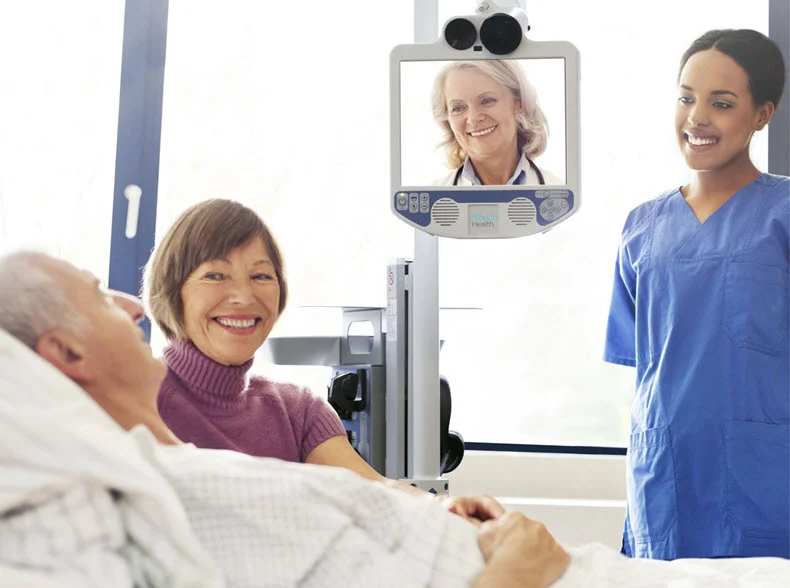Telemedicine and other disruptive innovations in the health care system are reshaping the way we deliver care. They are radically improving access and efficiency.
Telemedicine has proven a success in keeping people out of hospitals, by providing patients with specialized care from home. It also lessens the risk of transmission of infectious diseases.
Telemedicine
Telemedicine is a form of healthcare that enables doctors to treat patients remotely. It’s usually done through video chat, and it can include a wide range of services.
Many people use telemedicine to connect with their doctor without having to go to their office. This can make health care a lot more convenient for everyone, especially for those who live far away from their primary care provider.
In addition, telemedicine can keep people out of the emergency room, which can save money on their healthcare costs. Additionally, telemedicine can help patients monitor their own conditions and self-diagnose.
Telemedicine programs require a robust internet network, video platform, technical equipment, and a dedicated support team that provides assistance to ensure the program runs properly. The program can also provide a scaled-back version of these requirements, depending on the healthcare facility’s resources and its needs.
Electronic Health Records
Electronic health records are a digital version of a patient’s medical history that can be accessed at any time. This allows clinicians to have a complete and updated view of a patient’s health in order to provide them with the best possible care.
Clinicians can also save time using EHRs as they no longer have to sift through paperwork and can access the entire chart from anywhere. This allows them to spend more time with their patients and reduces medical errors.
In addition, many providers believe that EHRs improve patient outcomes. This is because they can easily share patient data with other medical providers, ensuring that the patient’s health record is always up-to-date.
Patient Portals
Patient portals allow patients to access their health data online at anytime. They also offer a variety of other features such as scheduling appointments, requesting prescription refills and paying bills.
In a healthcare setting, a patient portal can help increase information accuracy, cut down on duplication and streamline administrative tasks for both providers and patients. It can also facilitate collaboration between multiple care professionals to enhance care coordination.
Among the many benefits of patient portals, one of the most important is that they reduce healthcare costs. They can automate tasks like scheduling appointments, requesting prescription refills and doing other practice-related tasks, which can save money.
Our analysis revealed that the development of patient portals is influenced by a number of organizational factors such as alignment with financial incentives, synergy with existing IT infrastructure and operations, physician-led governance, inclusive decision making and knowledge sharing, regional flexibility to implementation, continuous innovation and emphasis on patient-centered design. These factors can lead to efficiencies in physician workflow and administrative tasks, and deeper involvement of patients in their care.
Remote Patient Monitoring
Remote Patient Monitoring (RPM) is a form of telehealth that allows for the collection of data from patients outside of a traditional hospital or clinic setting. It’s often used in tandem with telemedicine to enable care delivery for chronic conditions or serious injuries without the need for lengthy hospital stays.
RPM enables physicians to monitor the vital signs of patients, such as blood pressure and oxygen saturation, from any location. This means that physicians are able to identify early warning signs of illness or deteriorating health status, which can result in a prompt response.
In addition, this telehealth technology also helps physicians reduce their travel costs and infection risks. This allows them to treat more patients, which is also beneficial for the healthcare system.
However, this type of innovation is a challenging one for manufacturers and developers to implement because of the FDA approvals it requires. These certifications can take a long time to process and add to the cost of implementing a remote patient monitoring program.




